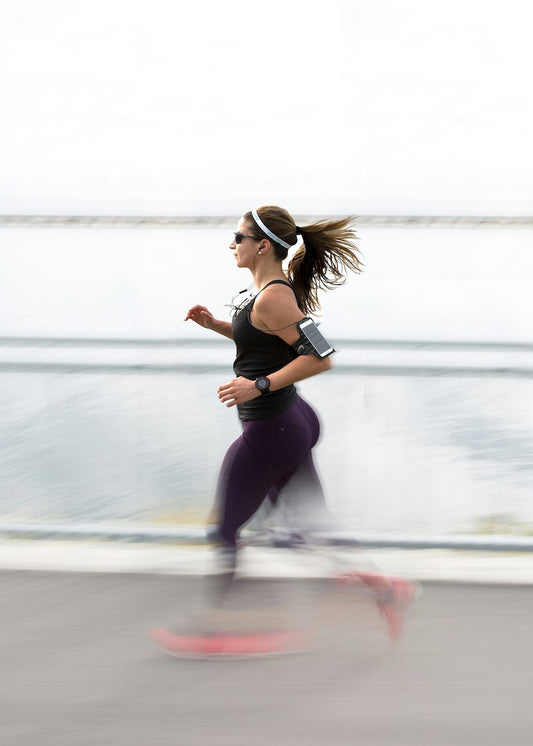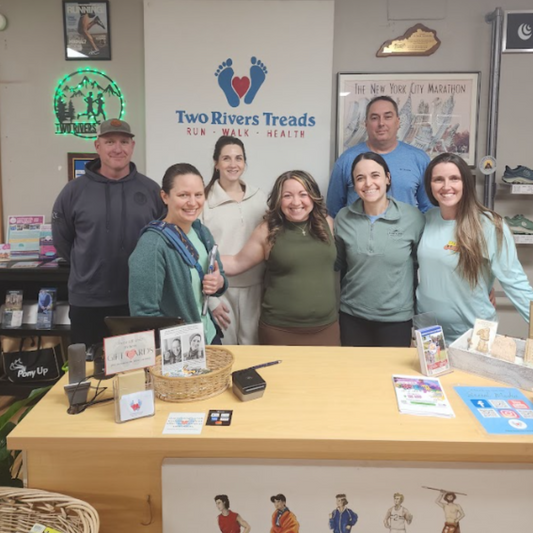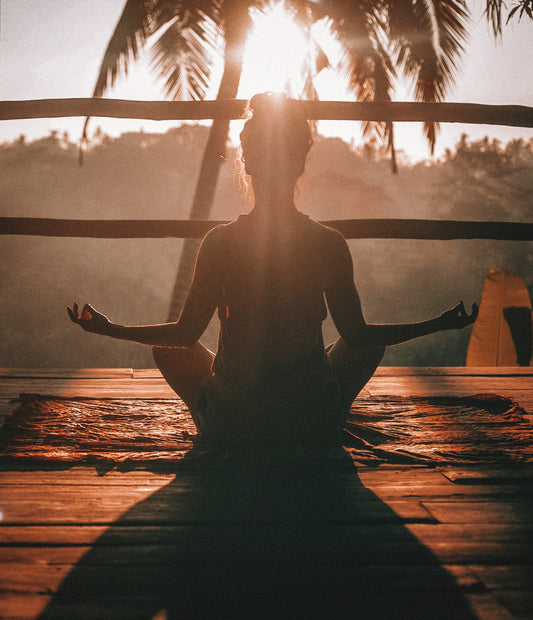Women’s Clearance Shoes
No products found
Use fewer filters or remove all
Frequent Asked Questions
Why should I transition into more minimal shoes?
We have run in every shoe we sell, which is unusual for most stores. A more level shoe can take some time to adjust to as you develop a more efficient running form. Be progressive as you make adaptations and changes. Minimal shoes feel different from traditional running shoes. The increased ground feel allows your body to adjust to the forces of running in a more efficient way and is optimal for learning natural running form and technique.
Without a firm message to the nervous system our body does not know which muscles to use, how hard to turn them on, and how long to keep them on for. To get a clear message in thick/soft shoes we are forced to strike the ground harder and drive the foot onto a firm surface to give us the feedback we require. So to overcome our shoes, which we were originally wearing to prevent us from slamming our feet into the ground, we are paradoxically forced to slam our feet into the ground.
Transition comfortably and avoid heel striking. The foot is designed to be an amazing shock absorber that works on a combination of the plantar fascia and the lower leg. The plantar fascia is an enormously strong spring that is capable of assisting in energy return during gait if we allow it to. But landing on the heel prevents this from happening as we are landing with a non-absorbent object (bone) onto the hard ground.
Which shoe should I start off with?
A transitional shoe is an ideal shoe for most runners taking their first step towards natural running. It has a lower heel to toe drop, a wider toe box and less cushioning than a traditional running shoe.
I’ve started the transition but now my calves and feet ache. What have I done wrong?
This is a symptom of doing too much, too hard, too soon. Like any training effect, the load on the structures cannot exceed our capacity to adapt. In more minimalist shoes your feet, calves and Achilles tendon must work harder to control the landing, which requires stronger muscles and more flexible tendons. Alternate your previous traditional shoes for some of your training and adopt a more cautious approach.
What can I do to alleviate sore calves and feet?
As with all training, some soreness is normal, so allow sufficient recovery. A program of stretching and strengthening for your feet and calves will help also. Foam rolling and Trigger Point Therapy can help realign and restructure the fascia collagen of these tissues. Myofacial release is highly effective and worth the time.
Should I change my running form if I am not hurt?
Well, it depends. Have an expert assess your gait. If you are running injury free in a nice forefoot/mid-foot landing there is no need to change anything. If you are loading heavily into the knee and hip joints in an over-stride pattern then you should fix this, even if it does not hurt now. Remember, joints do not feel pain until there is significant degeneration, and then it is too late. Muscles and tendons feel discomfort immediately. So trade a little short term discomfort as you transition for a lifetime of pain free running.
Should everyone aim for the most minimal shoe?
No. The goal for all is to move pain free and with enjoyment, whether walking, running or exercising. Everyone is different and very few people will be able to make the full transition for all their movement and even fewer are strong enough or desire to run barefoot. We suggest a gradual reduction in the cushioning and drop of your shoes until you are at your individual goal; be it more enjoyable movement, better performance, or for some experiencing the joy of barefoot running.
Does becoming a natural runner mean relearning how to run?
For some, yes, and we have assisted countless runners in being “reborn to run”. Your current running style is embedded within your muscle memory. Short barefoot sessions allow you to concentrate on your form and are safe. The trick is maintaining your new running form when in shoes and fatigued. A metronome will cue you. A lengthy transition period seems to be common with many runners.
Does becoming a natural runner mean relearning how to run?
For some, yes, and we have assisted countless runners in being “reborn to run”. Your current running style is embedded within your muscle memory. Short barefoot sessions allow you to concentrate on your form and are safe. The trick is maintaining your new running form when in shoes and fatigued. A metronome will cue you. A lengthy transition period seems to be common with many runners.
I’ve been recommended supportive, motion control shoes. Can I still try minimal?
There is little to no evidence on why over the last 30 years a process for selling supportive, heavily cushioned running shoes has developed. Injury rates amongst runners are unchanged. The majority of runners can make a gradual transition into more minimal shoes by strengthening the “chasis” and adopting a natural running style and avoiding over striding. For more information on how the foot moves within neutral shoes, look at the research from Dr. Jay Dicharry, Dr. Irene Davis, Dr. Mark Cucuzzella and Dr. Dan Lieberman.
Will arch supports or orthotics work with minimalist footwear?
Yes. By removing the sock liner, an orthotic can be placed in, while still enjoying the benefits of a foot shaped toe box. It is possible to gradually wean off the support mechanisms as the feet become healthier and stronger. Seek advice from a trained running specialist for an assessment.
How long will it take to become a natural runner?
Anecdotal evidence suggests that permanently changing your running style takes at least 12 months. In as little as 30 days you begin to rewire the movement patterns by using minimalist shoes and focusing on form. The more focus and effort you put into the transition, the smoother and safer it will be.
Do minimalist shoes help me run more naturally?
Overly cushioned and supportive shoes change the way their feet ‘feel’ the ground and allow you over stride. Minimalist running shoes provide an increase in proprioception and promote a forefoot foot strike. Some true barefoot running allows your feet to coach you, then put the thinner and firmer shoes back on. Like any sport, proper form and a gradual transition into minimal shoes will ease the process of running naturally.
Why can’t I just start running in minimalist shoes all the time?
If you suddenly change from cushioned, supportive footwear to neutral, minimalist footwear it's possible to get injured due to the new stresses on your body. Developing a natural running style requires a gradual transition to increasingly minimalist shoes.






